Astronomy & Space News
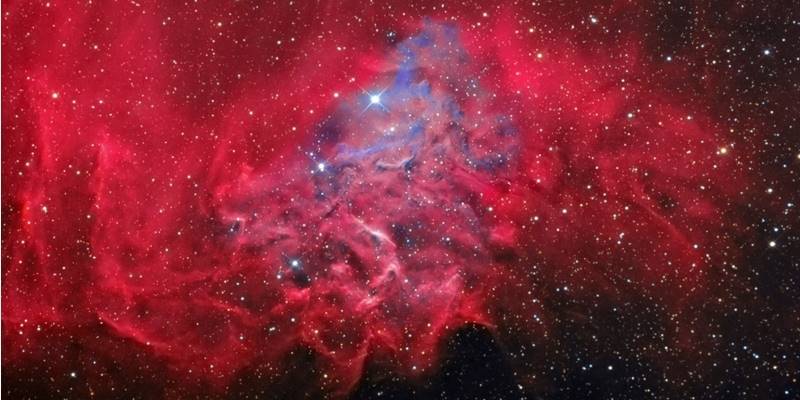
If you are interested in astronomy, space and universe news you can read these here. We have several news sources like:
- NASA - Published Content
- NASA Image of the Day
- Astronomy.com - Astronomy News
- Sky & Telescope - Astronomy News
- ScienceDaily - Astronomy News
Select below the tab of the source news that you are interested in, or take a look to every source.
NASA - Published Content
- NASA to Provide Coverage as Dragon Departs Station with Science
26 April 2024, 9:52 pmNASA and its international partners are set to receive scientific research samples and hardware as a SpaceX Dragon cargo spacecraft departs the International Space Station on Sunday, April 28 weather permitting. The agency will provide coverage of undocking and departure beginning at 12:45 p.m. EDT on NASA+, NASA Television, the NASA app, YouTube, and the […] - Site-Wide Environmental Assessment for Marshall Space Flight Center, Alabama
26 April 2024, 9:45 pmThe National Aeronautics and Space Administration (NASA) has prepared a Draft Environmental Assessment (EA) that analyzes the environmental impacts of implementing continuing and future mission support activities at the Marshall Space Flight Center (MSFC) in Huntsville, Alabama. The EA evaluated the potential environmental effects associated with air quality; climate change and greenhouse gases; land use; […] - NASA-Led Study Provides New Global Accounting of Earth’s Rivers
26 April 2024, 7:13 pmThe novel approach to estimating river water storage and discharge also identifies regions marked by ‘fingerprints’ of intense water use. A study led by NASA researchers provides new estimates of how much water courses through Earth’s rivers, the rates at which it’s flowing into the ocean, and how much both of those figures have fluctuated […] - Hubble Spots a Magnificent Barred Galaxy
26 April 2024, 6:57 pmThe magnificent central bar of NGC 2217 (also known as AM 0619-271) shines bright in the constellation of Canis Major (The Greater Dog), in this image taken by the NASA/ESA Hubble Space Telescope. Roughly 65 million light-years from Earth, this barred spiral galaxy is a similar size to our Milky Way at 100,000 light-years across. Many stars are concentrated in its […] - Identification of Noise Sources During Launch Using Phased Array Microphone Systems
26 April 2024, 6:02 pmIdentification of Noise Sources During Launch Using Phased Array Microphone Systems Every part of a launch vehicle, launch pad, and ground operation equipment is subjected to the high acoustic load generated during lift-off [1]. Therefore, many extreme measures are taken to try to suppress this acoustic environment by damping with a water deluge system and […] - NASA Grant Brings Students at Underserved Institutions to the Stars
26 April 2024, 5:45 pmAt the agency’s Jet Propulsion Laboratory, interns from Cal State LA are learning key skills studying the origins of life. What does wastewater management in Los Angeles have to do with the search for life on Mars? Eduardo Martinez certainly didn’t make the connection when he was pursuing a master’s in civil engineering. Not at […] - Trajectory Reverse Engineering
26 April 2024, 5:16 pmA strategy for transferring spacecraft trajectories between flight mechanics tools, called Trajectory Reverse Engineering (TRE), has been developed[1]. This innovative technique has been designed to be generic, enabling its application between any pair of tools, and to be resilient to the differences found in the dynamical and numerical models unique to each tool. The TRE […] - NASA’s Hubble Pauses Science Due to Gyro Issue
26 April 2024, 4:12 pmNASA is working to resume science operations of the agency’s Hubble Space Telescope after it entered safe mode April 23 due to an ongoing gyroscope (gyro) issue. Hubble’s instruments are stable, and the telescope is in good health. The telescope automatically entered safe mode when one of its three gyroscopes gave faulty readings. The gyros […] - NASA’s Commercial Partners Deliver Cargo, Crew for Station Science
26 April 2024, 4:10 pmNASA partners with commercial companies to provide safe, reliable, and cost-effective transportation of cargo and crew members to and from the International Space Station. A platform for long-duration research in microgravity, the station has operated continuously for more than 23 years, its crew members conducting a broad range of technology demonstrations and thousands of experiments […] - NASA’s ORCA, AirHARP Projects Paved Way for PACE to Reach Space
26 April 2024, 2:25 pmIt took the Plankton, Aerosol, Cloud, ocean Ecosystem (PACE) mission just 13 minutes to reach low-Earth orbit from Cape Canaveral Space Force Station in February 2024. It took a network of scientists at NASA and research institutions around the world more than 20 years to carefully craft and test the novel instruments that allow PACE […]
NASA Image of the Day
- Hubble Spots a Magnificent Barred Galaxy
26 April 2024, 7:01 pm The magnificent central bar of NGC 2217 (also known as AM 0619-271) shines bright in the constellation of Canis Major (The Greater Dog), in this image taken by the NASA/ESA Hubble Space Telescope. Roughly 65 million light-years from Earth, this barred spiral galaxy is a similar size to our Milky Way at 100,000 light-years across.
The magnificent central bar of NGC 2217 (also known as AM 0619-271) shines bright in the constellation of Canis Major (The Greater Dog), in this image taken by the NASA/ESA Hubble Space Telescope. Roughly 65 million light-years from Earth, this barred spiral galaxy is a similar size to our Milky Way at 100,000 light-years across. - Navigating the Moon with Art
25 April 2024, 6:52 pm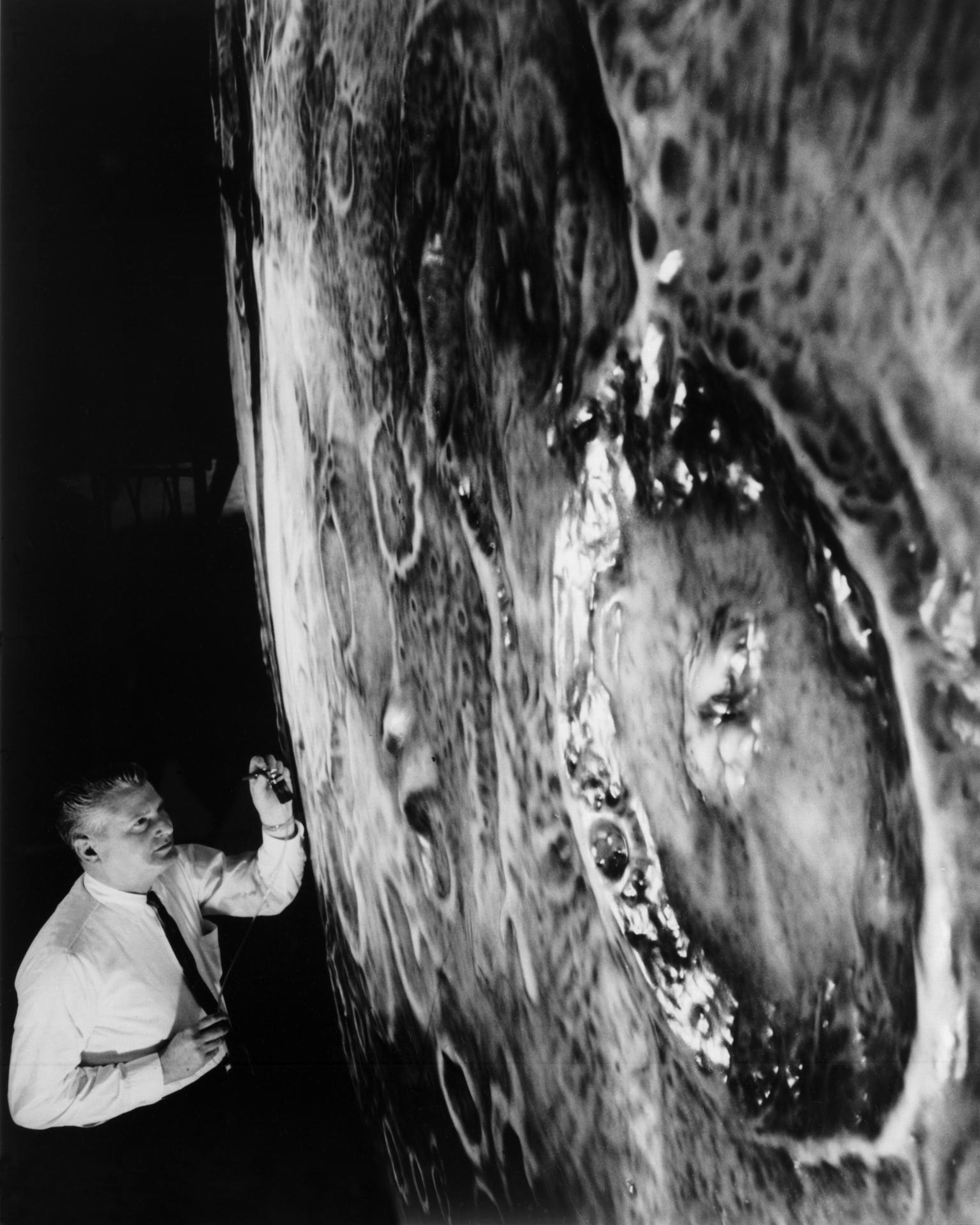 Artists used paintbrushes and airbrushes to recreate the lunar surface on each of the four models comprising the LOLA simulator. Project LOLA or Lunar Orbit and Landing Approach was a simulator built at Langley to study problems related to landing on the lunar surface.
Artists used paintbrushes and airbrushes to recreate the lunar surface on each of the four models comprising the LOLA simulator. Project LOLA or Lunar Orbit and Landing Approach was a simulator built at Langley to study problems related to landing on the lunar surface. - Tracking Spring Flooding
24 April 2024, 7:47 pm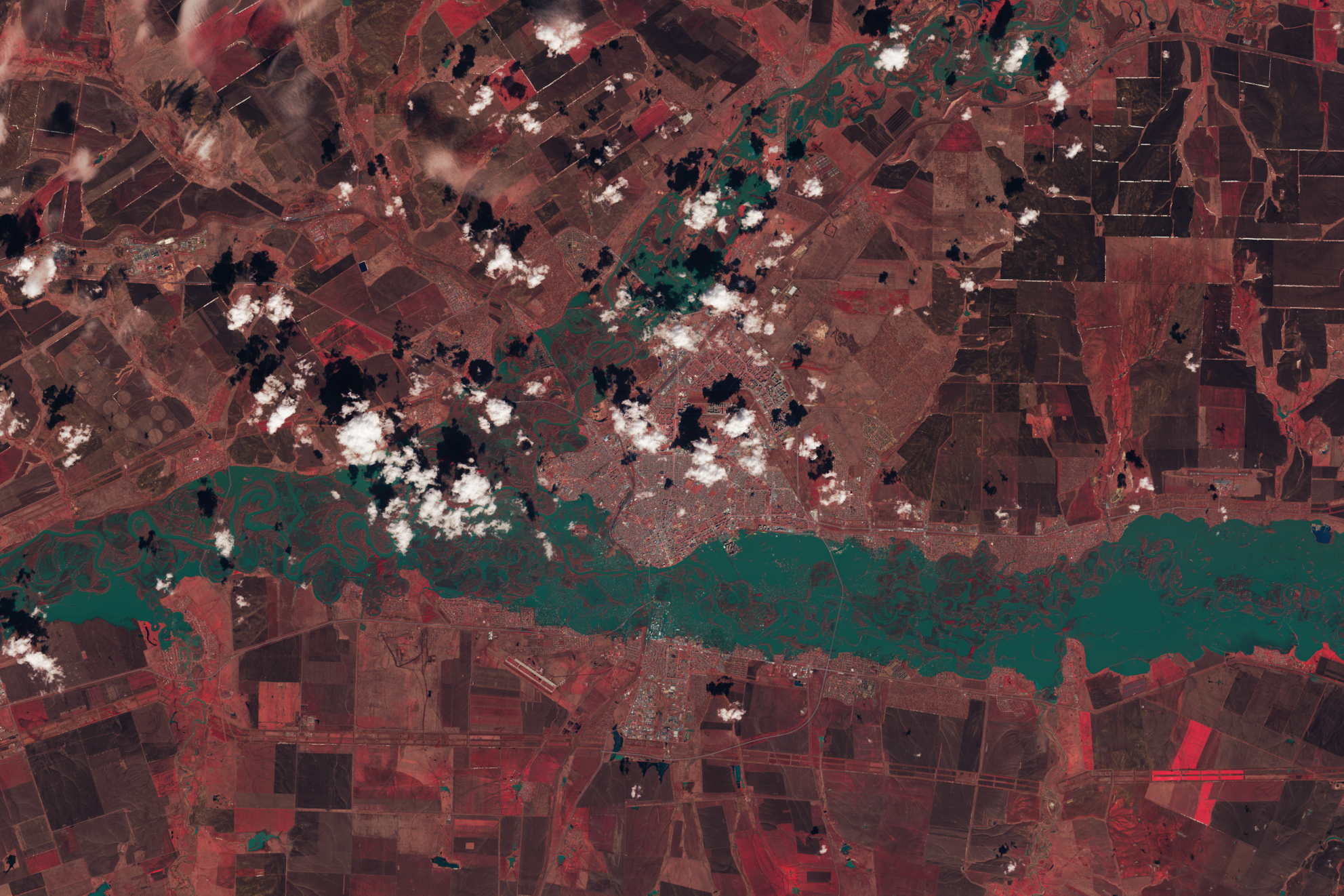 Rivers swelled in southern Russia and northern Kazakhstan in April 2024 following heavy rain and rapid snowmelt. This image shows Orenburg on April 13, the day river levels peaked. This scene was acquired by the OLI-2 (Operational Land Imager) on Landsat 9.
Rivers swelled in southern Russia and northern Kazakhstan in April 2024 following heavy rain and rapid snowmelt. This image shows Orenburg on April 13, the day river levels peaked. This scene was acquired by the OLI-2 (Operational Land Imager) on Landsat 9. - Hubble Spots the Little Dumbbell Nebula
23 April 2024, 7:14 pm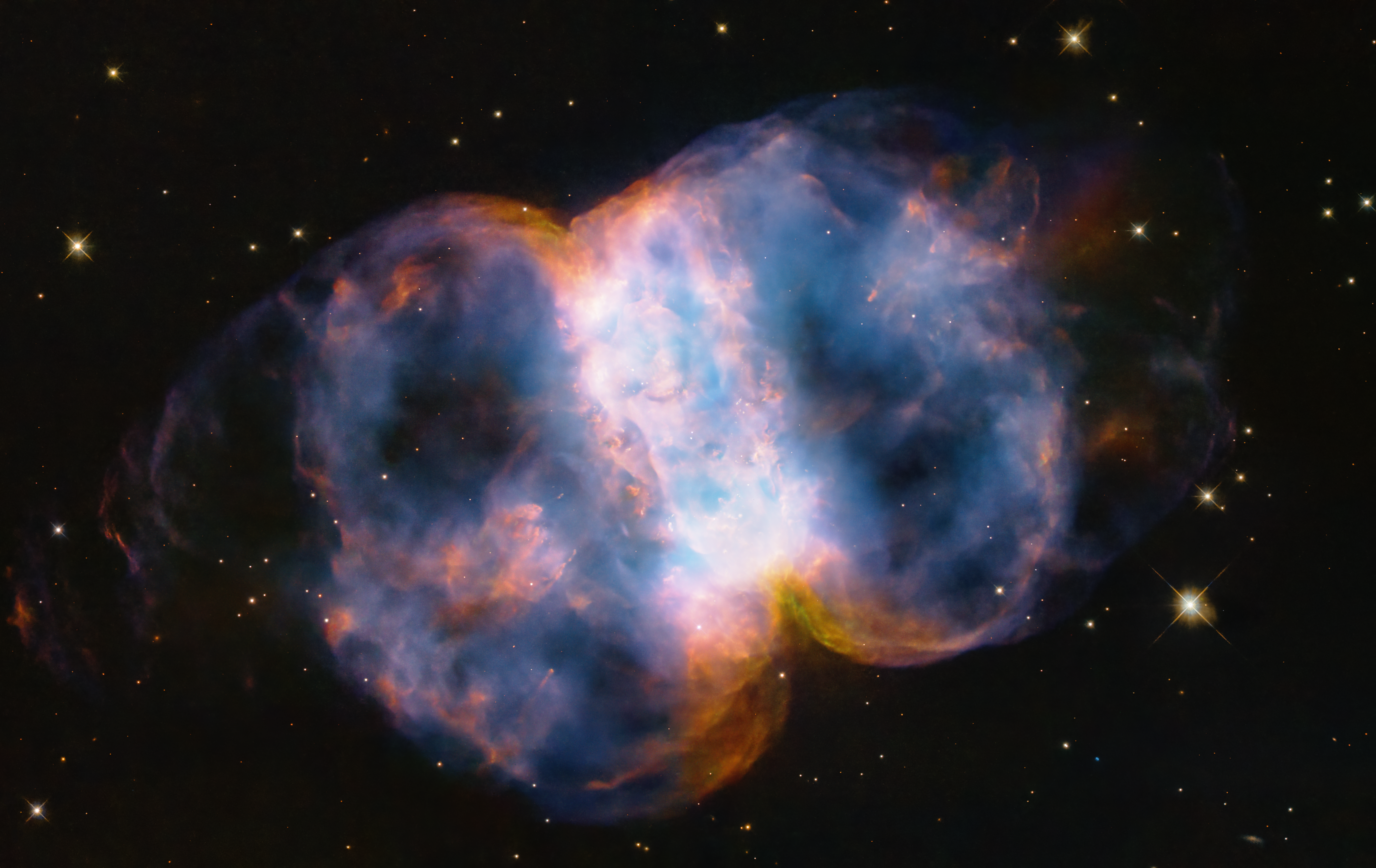 In celebration of the 34th anniversary of the launch of NASA’s Hubble Space Telescope, astronomers took a snapshot of the Little Dumbbell Nebula, also known as Messier 76, or M76, located 3,400 light-years away in the northern circumpolar constellation Perseus. The name 'Little Dumbbell' comes from its shape that is a two-lobed structure of colorful, mottled, glowing gases resembling a balloon that’s been pinched around a middle waist. Like an inflating balloon, the lobes are expanding into space from a dying star seen as a white dot in the center. Blistering ultraviolet radiation from the super-hot star is causing the gases to glow. The red color is from nitrogen, and blue is from oxygen.
In celebration of the 34th anniversary of the launch of NASA’s Hubble Space Telescope, astronomers took a snapshot of the Little Dumbbell Nebula, also known as Messier 76, or M76, located 3,400 light-years away in the northern circumpolar constellation Perseus. The name 'Little Dumbbell' comes from its shape that is a two-lobed structure of colorful, mottled, glowing gases resembling a balloon that’s been pinched around a middle waist. Like an inflating balloon, the lobes are expanding into space from a dying star seen as a white dot in the center. Blistering ultraviolet radiation from the super-hot star is causing the gases to glow. The red color is from nitrogen, and blue is from oxygen. - Our Beautiful Water World
22 April 2024, 8:06 pm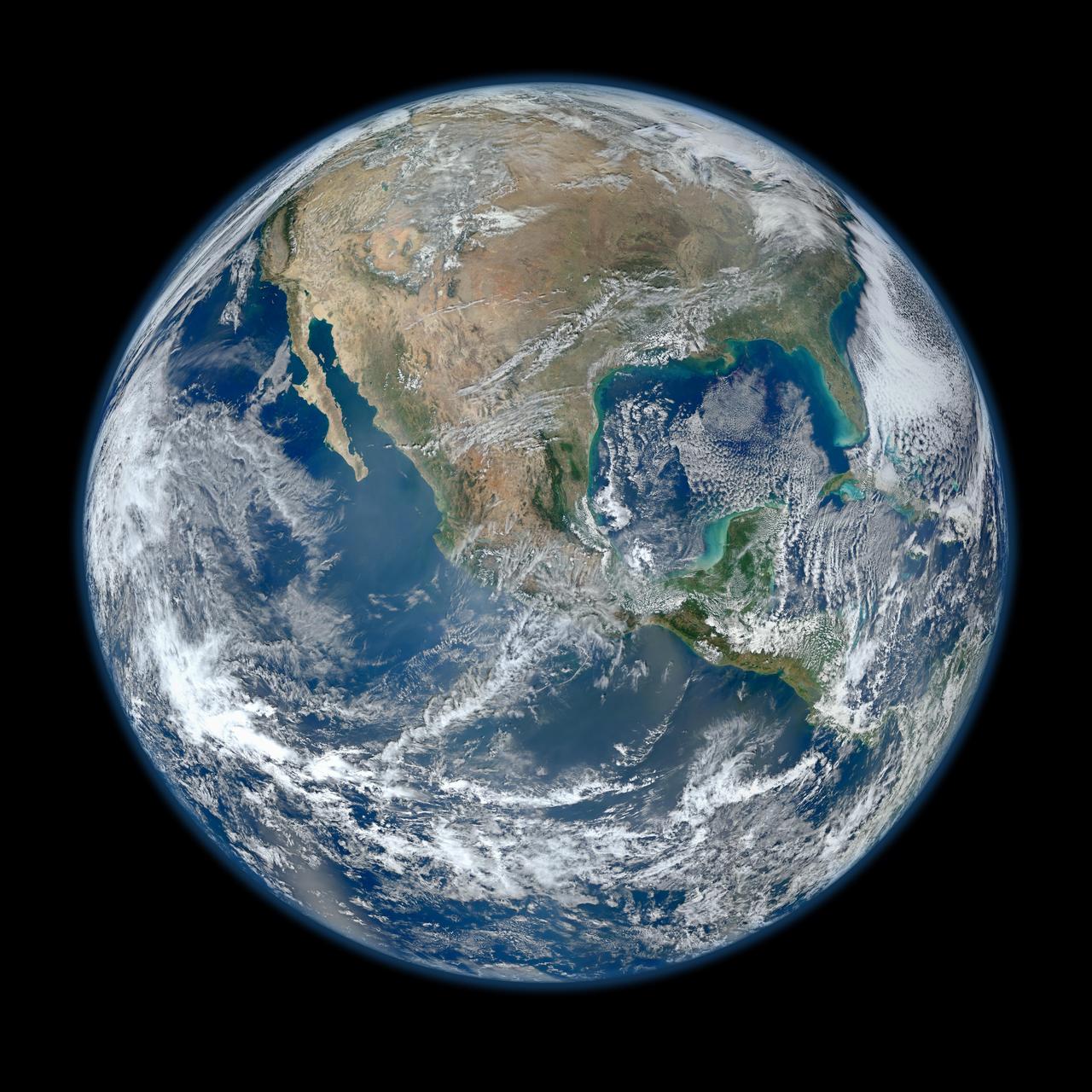 Behold one of the more detailed images of Earth. This Blue Marble Earth montage—created from photographs taken by the Visible/Infrared Imager Radiometer Suite (VIIRS) instrument aboard the Suomi NPP satellite—shows many stunning details of our home planet.
Behold one of the more detailed images of Earth. This Blue Marble Earth montage—created from photographs taken by the Visible/Infrared Imager Radiometer Suite (VIIRS) instrument aboard the Suomi NPP satellite—shows many stunning details of our home planet. - Looking Beyond the Veil
19 April 2024, 8:46 pm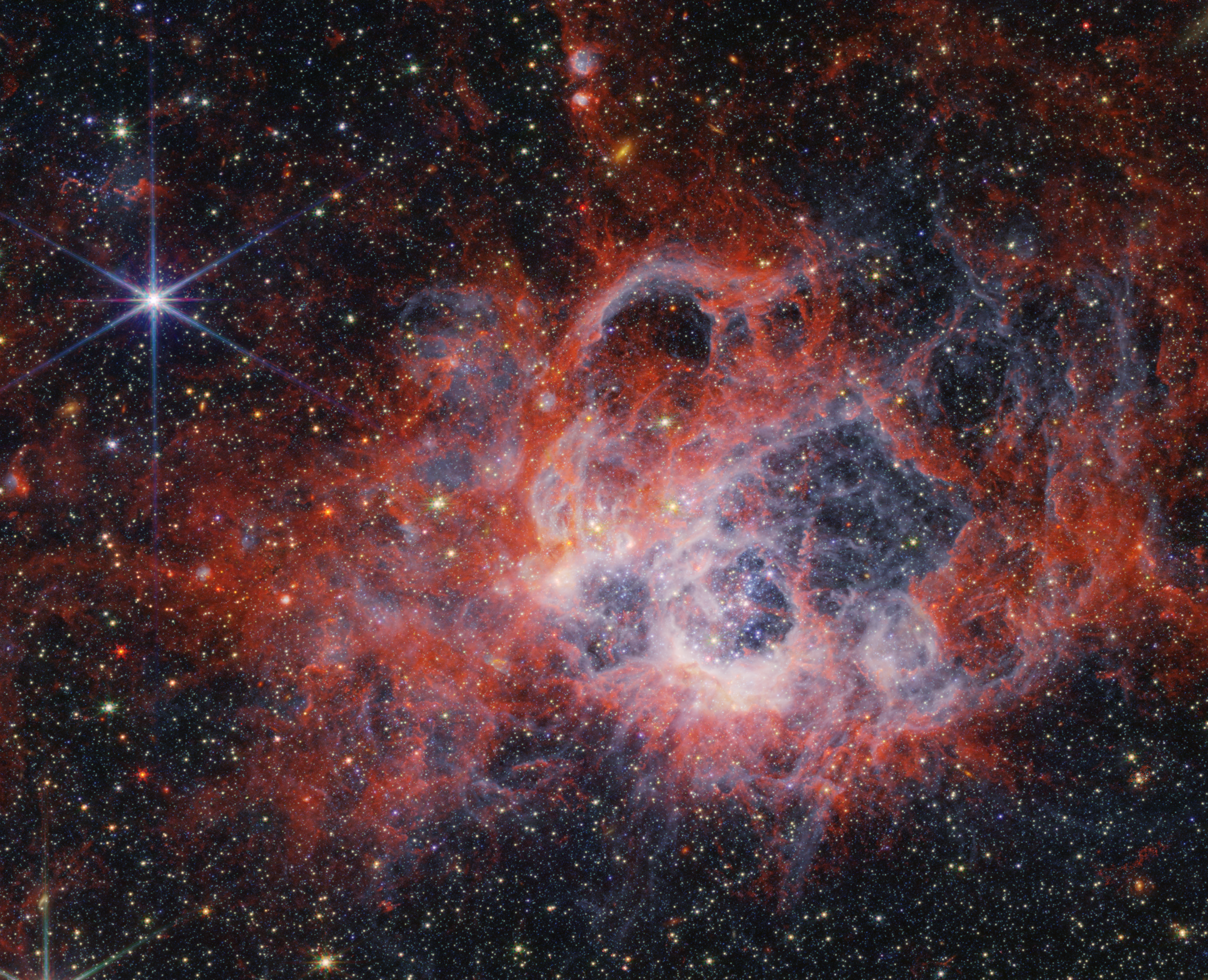 This image from NASA’s James Webb Space Telescope’s NIRCam (Near-Infrared Camera) of star-forming region NGC 604 shows how stellar winds from bright, hot young stars carve out cavities in surrounding gas and dust.
This image from NASA’s James Webb Space Telescope’s NIRCam (Near-Infrared Camera) of star-forming region NGC 604 shows how stellar winds from bright, hot young stars carve out cavities in surrounding gas and dust. - Water Touches Everything
18 April 2024, 7:25 pm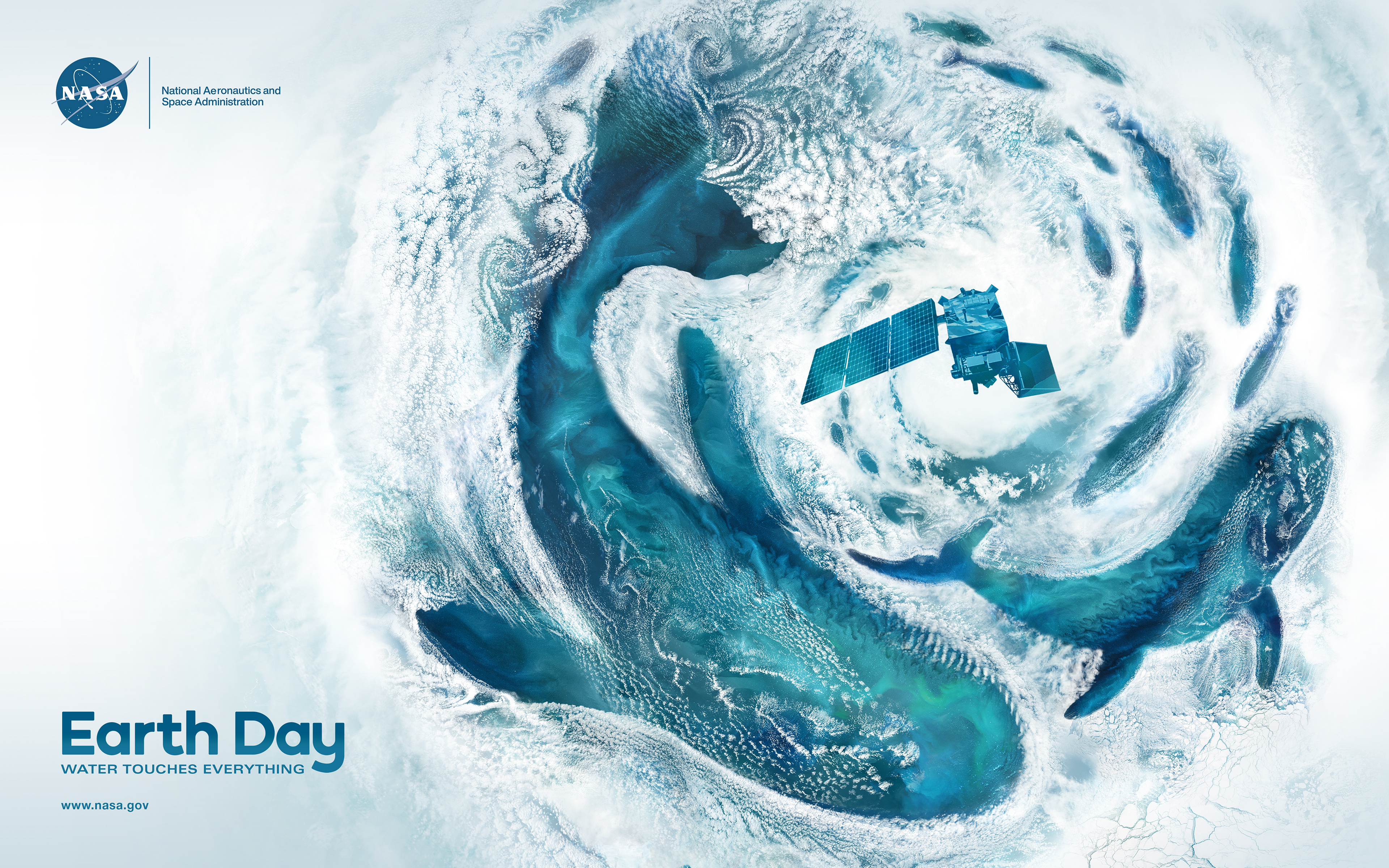 The ocean holds about 97 percent of Earth's water and covers 70 percent of our planet's surface. According to the United Nations, the ocean may be home to 50 to 80 percent of all life on Earth. Even if you live hundreds of miles from a coast, what happens in the ocean is fundamental to your life.
The ocean holds about 97 percent of Earth's water and covers 70 percent of our planet's surface. According to the United Nations, the ocean may be home to 50 to 80 percent of all life on Earth. Even if you live hundreds of miles from a coast, what happens in the ocean is fundamental to your life. - Sometimes Getting the Perfect Picture Really Is Rocket Science
17 April 2024, 7:35 pm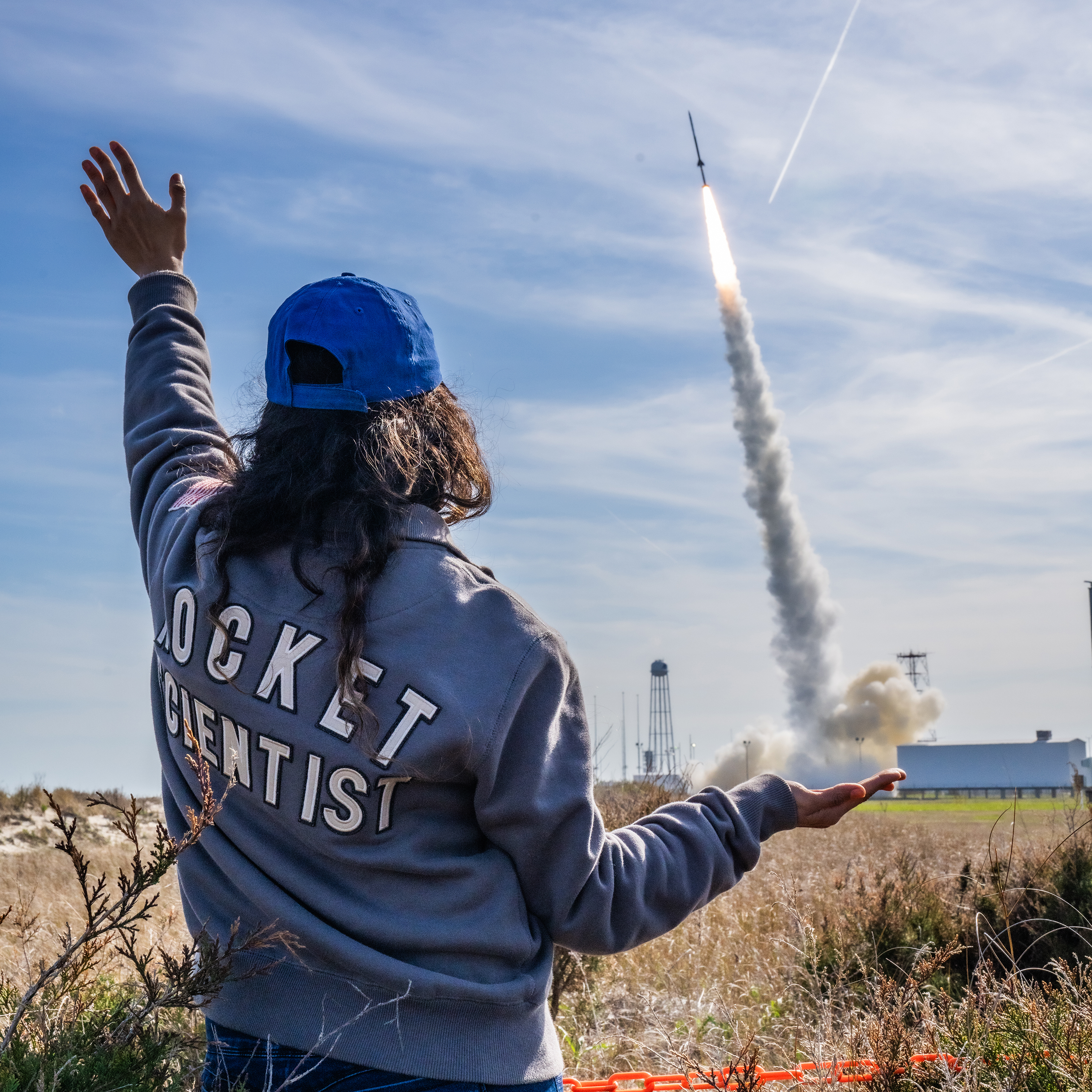 NASA Engineer Cindy Fuentes Rosal waves goodbye to a Black Brant IX sounding rocket launching from NASA’s Wallops Flight Facility in Virginia during the total solar eclipse on April 8, 2024. The rocket was part of a series of three launches for the Atmospheric Perturbations around Eclipse Path (APEP) mission to study the disturbances in the electrified region of Earth’s atmosphere known as the ionosphere created when the Moon eclipses the Sun. The rockets launched before, during, and after peak local eclipse time on the Eastern Shore of Virginia.
NASA Engineer Cindy Fuentes Rosal waves goodbye to a Black Brant IX sounding rocket launching from NASA’s Wallops Flight Facility in Virginia during the total solar eclipse on April 8, 2024. The rocket was part of a series of three launches for the Atmospheric Perturbations around Eclipse Path (APEP) mission to study the disturbances in the electrified region of Earth’s atmosphere known as the ionosphere created when the Moon eclipses the Sun. The rockets launched before, during, and after peak local eclipse time on the Eastern Shore of Virginia. - NASA’s VIPER Gets Its Head and Neck
16 April 2024, 8:44 pm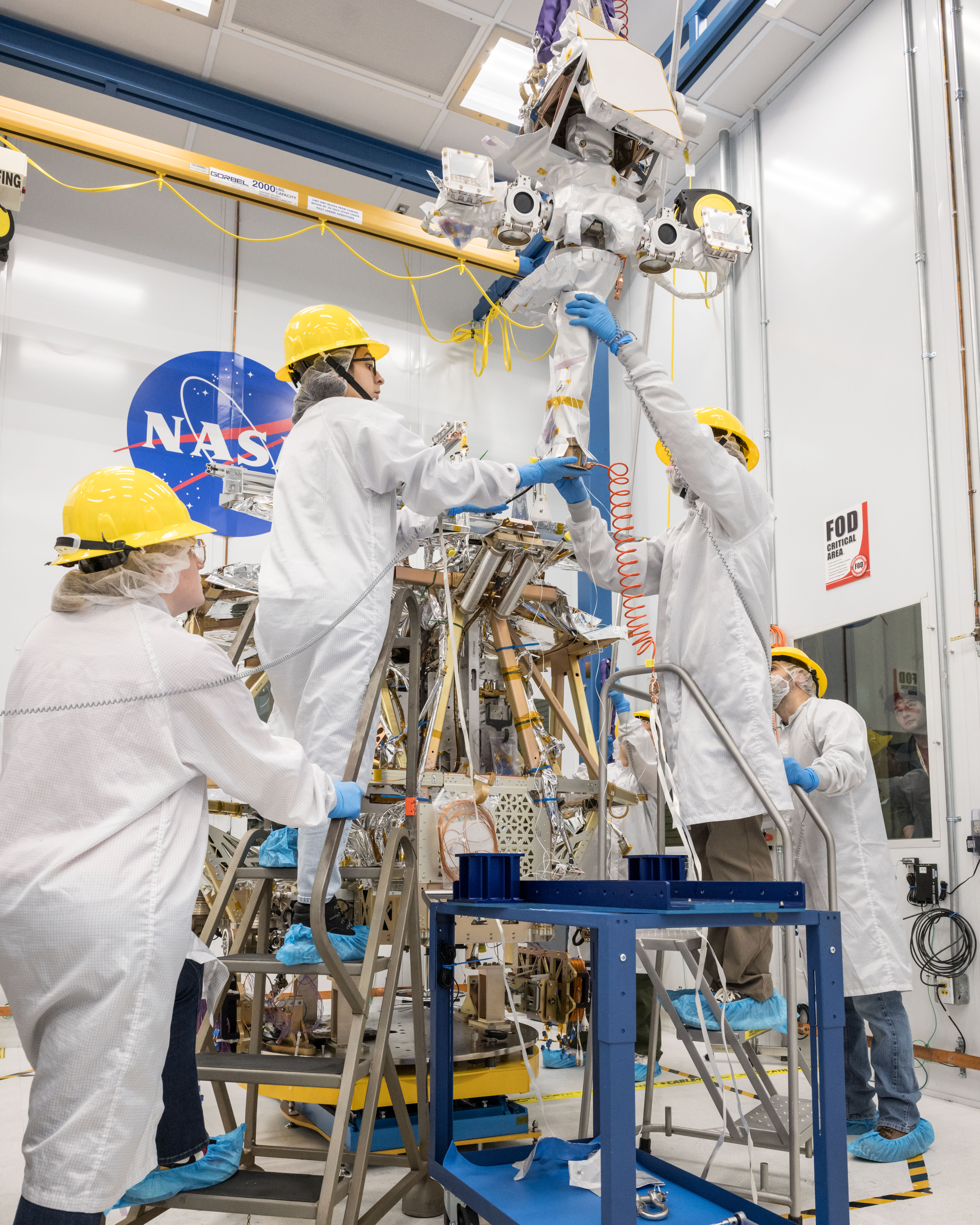 A team of engineers lifts the mast into place atop of NASA’s VIPER robotic Moon rover in a clean room at NASA’s Johnson Space Center in Houston.
A team of engineers lifts the mast into place atop of NASA’s VIPER robotic Moon rover in a clean room at NASA’s Johnson Space Center in Houston. - Seeing the Solar Eclipse from 223,000 Miles Away
15 April 2024, 8:50 pm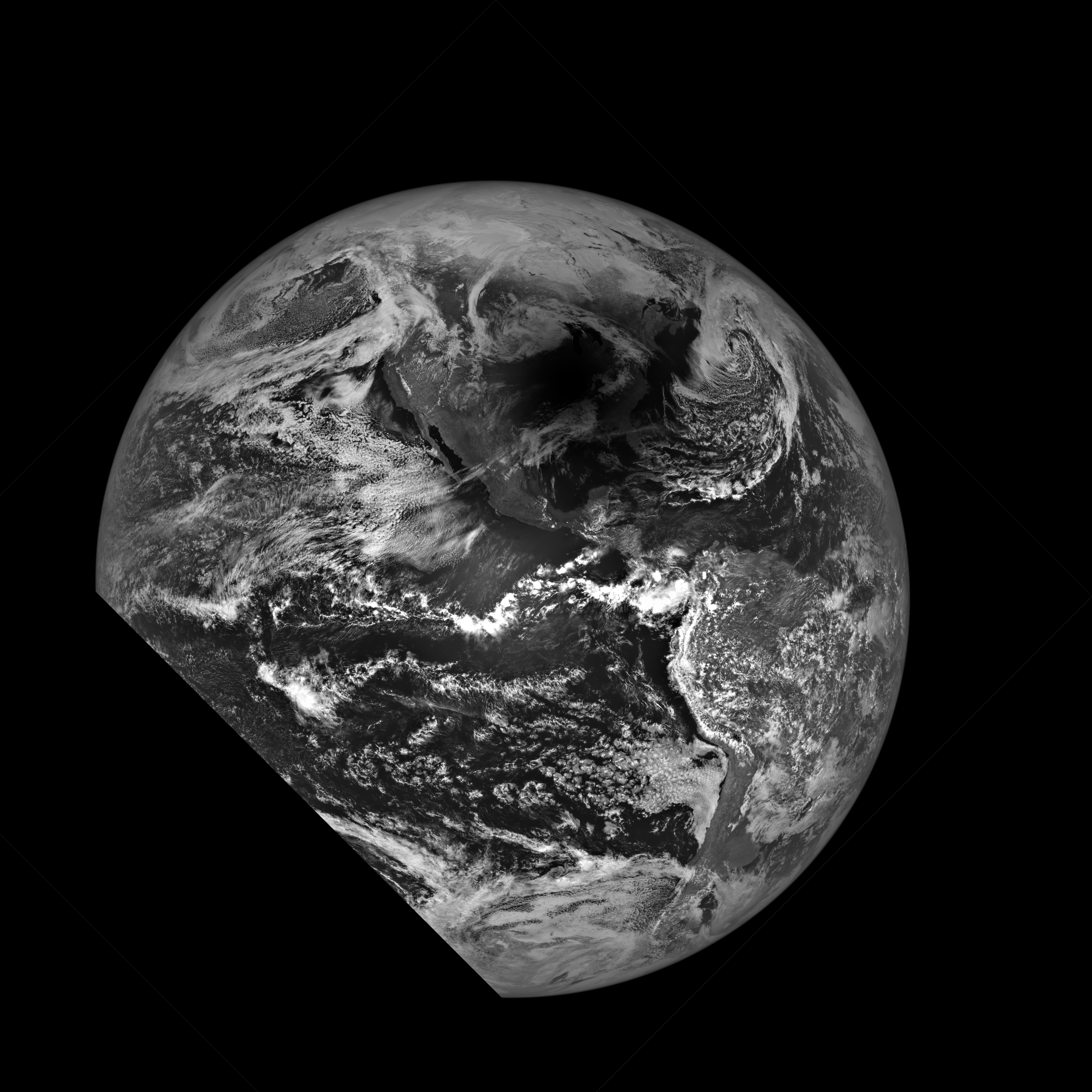 This spectacular image showing the Moon’s shadow on Earth’s surface was acquired during a 20-second period starting at 2:59 p.m. EDT (18:59:19 UTC) on April 8, 2024, by NASA’s Lunar Reconnaissance Orbiter.
This spectacular image showing the Moon’s shadow on Earth’s surface was acquired during a 20-second period starting at 2:59 p.m. EDT (18:59:19 UTC) on April 8, 2024, by NASA’s Lunar Reconnaissance Orbiter. - The First Space Shuttle
12 April 2024, 7:38 pm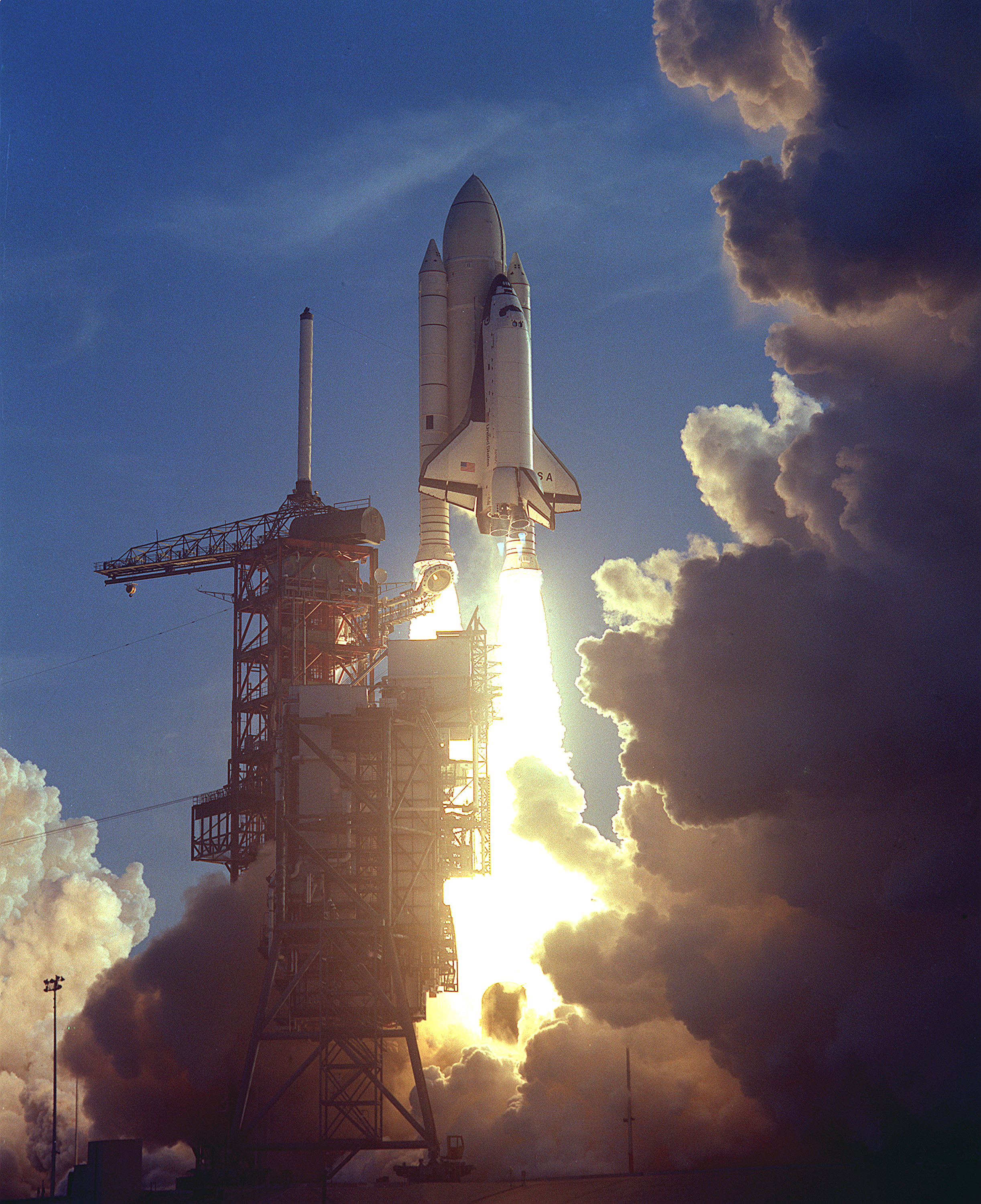 The new era in space flight began on April 12, 1981. That is when the first Space Shuttle mission (STS-1) was launched. The Marshall Space Flight Center developed the propulsion system for the Space Shuttle. This photograph depicts the launch of the Space Shuttle Orbiter Columbia crewed with two astronauts, John Young and Robert Crippen.
The new era in space flight began on April 12, 1981. That is when the first Space Shuttle mission (STS-1) was launched. The Marshall Space Flight Center developed the propulsion system for the Space Shuttle. This photograph depicts the launch of the Space Shuttle Orbiter Columbia crewed with two astronauts, John Young and Robert Crippen. - Seeing Totality
9 April 2024, 6:27 pm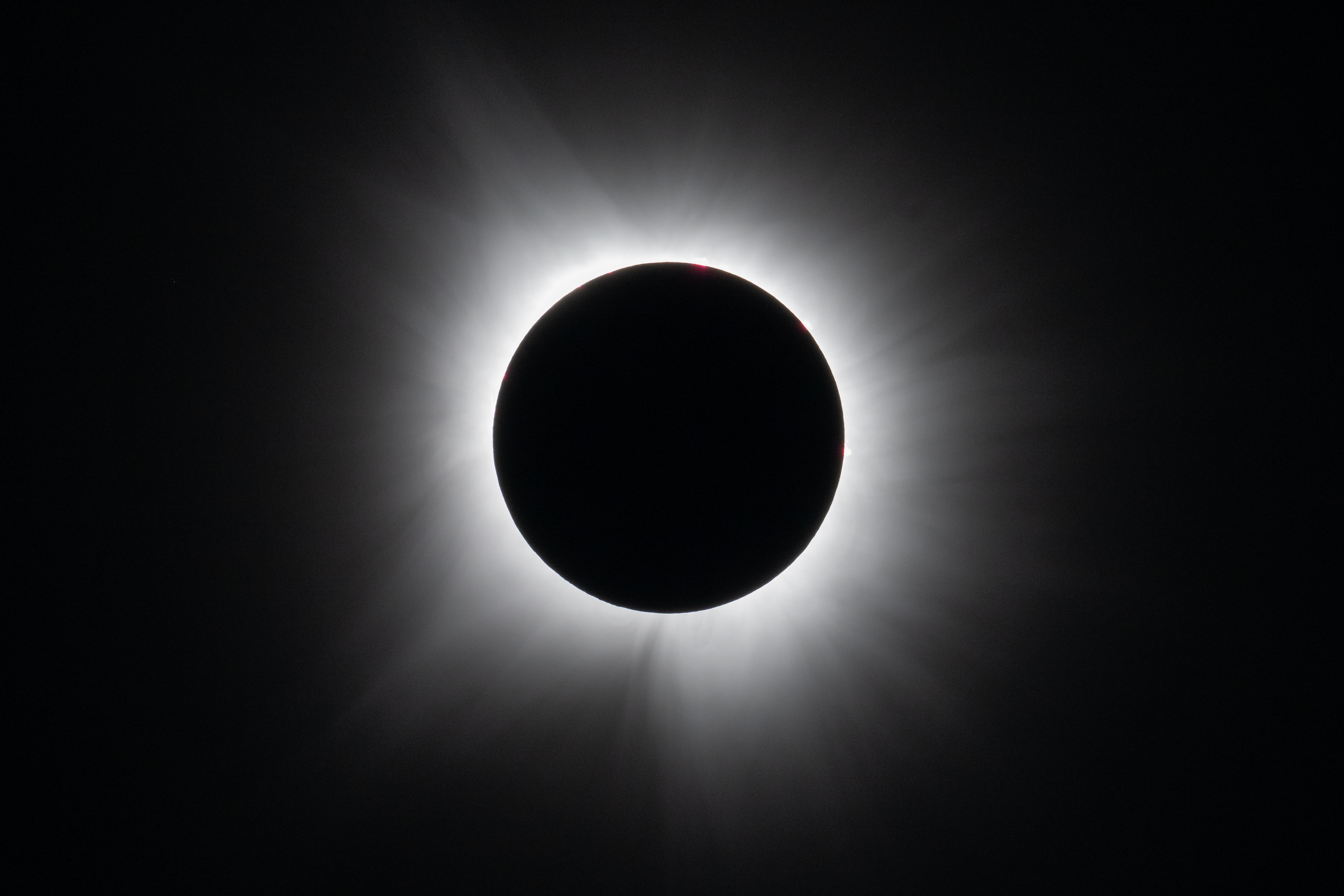 A total solar eclipse is seen in Dallas, Texas on Monday, April 8, 2024. A total solar eclipse swept across a narrow portion of the North American continent from Mexico’s Pacific coast to the Atlantic coast of Newfoundland, Canada. A partial solar eclipse was visible across the entire North American continent along with parts of Central America and Europe.
A total solar eclipse is seen in Dallas, Texas on Monday, April 8, 2024. A total solar eclipse swept across a narrow portion of the North American continent from Mexico’s Pacific coast to the Atlantic coast of Newfoundland, Canada. A partial solar eclipse was visible across the entire North American continent along with parts of Central America and Europe. - Astronauts Protect Their Eyes with Eclipse Glasses
5 April 2024, 7:46 pm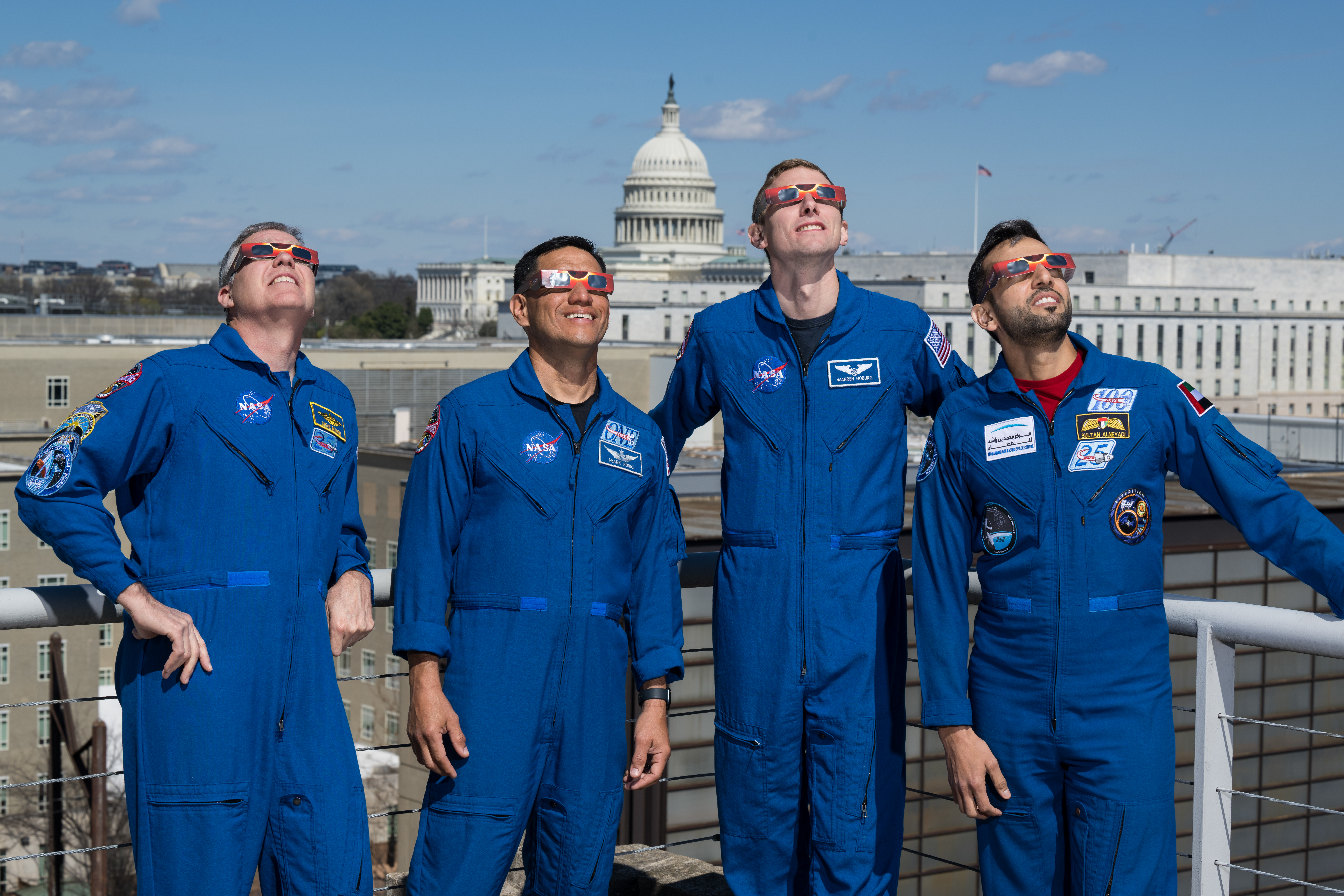 NASA astronauts Stephen Bowen, left, Frank Rubio, Warren Hoburg, and UAE (United Arab Emirates) astronaut Sultan Alneyadi, right, pose for a photo wearing solar glasses, Tuesday, March 19, 2024, at the Mary W. Jackson NASA Headquarters building in Washington. Bowen, Hoburg, and Alneyadi spent 186 days aboard the International Space Station as part of Expedition 69; while Rubio set a new record for the longest single spaceflight by a U.S. astronaut, spending 371 days in orbit on an extended mission spanning Expeditions 68 and 69.
NASA astronauts Stephen Bowen, left, Frank Rubio, Warren Hoburg, and UAE (United Arab Emirates) astronaut Sultan Alneyadi, right, pose for a photo wearing solar glasses, Tuesday, March 19, 2024, at the Mary W. Jackson NASA Headquarters building in Washington. Bowen, Hoburg, and Alneyadi spent 186 days aboard the International Space Station as part of Expedition 69; while Rubio set a new record for the longest single spaceflight by a U.S. astronaut, spending 371 days in orbit on an extended mission spanning Expeditions 68 and 69. - Exobiology Deputy Branch Chief Melissa Kirven-Brooks
4 April 2024, 6:09 pm “… I've just seen such tremendous things happen since I've been part of the Astrobiology Program, and that's why I'm pretty confident we're going to find life elsewhere, because there are just so many brilliant people working on this.” — Melissa Kirven-Brooks, Exobiology Deputy Branch Chief and Future Workforce Lead of the NASA Astrobiology Program, NASA’s Ames Research Center
“… I've just seen such tremendous things happen since I've been part of the Astrobiology Program, and that's why I'm pretty confident we're going to find life elsewhere, because there are just so many brilliant people working on this.” — Melissa Kirven-Brooks, Exobiology Deputy Branch Chief and Future Workforce Lead of the NASA Astrobiology Program, NASA’s Ames Research Center - Carving a Path
3 April 2024, 8:25 pm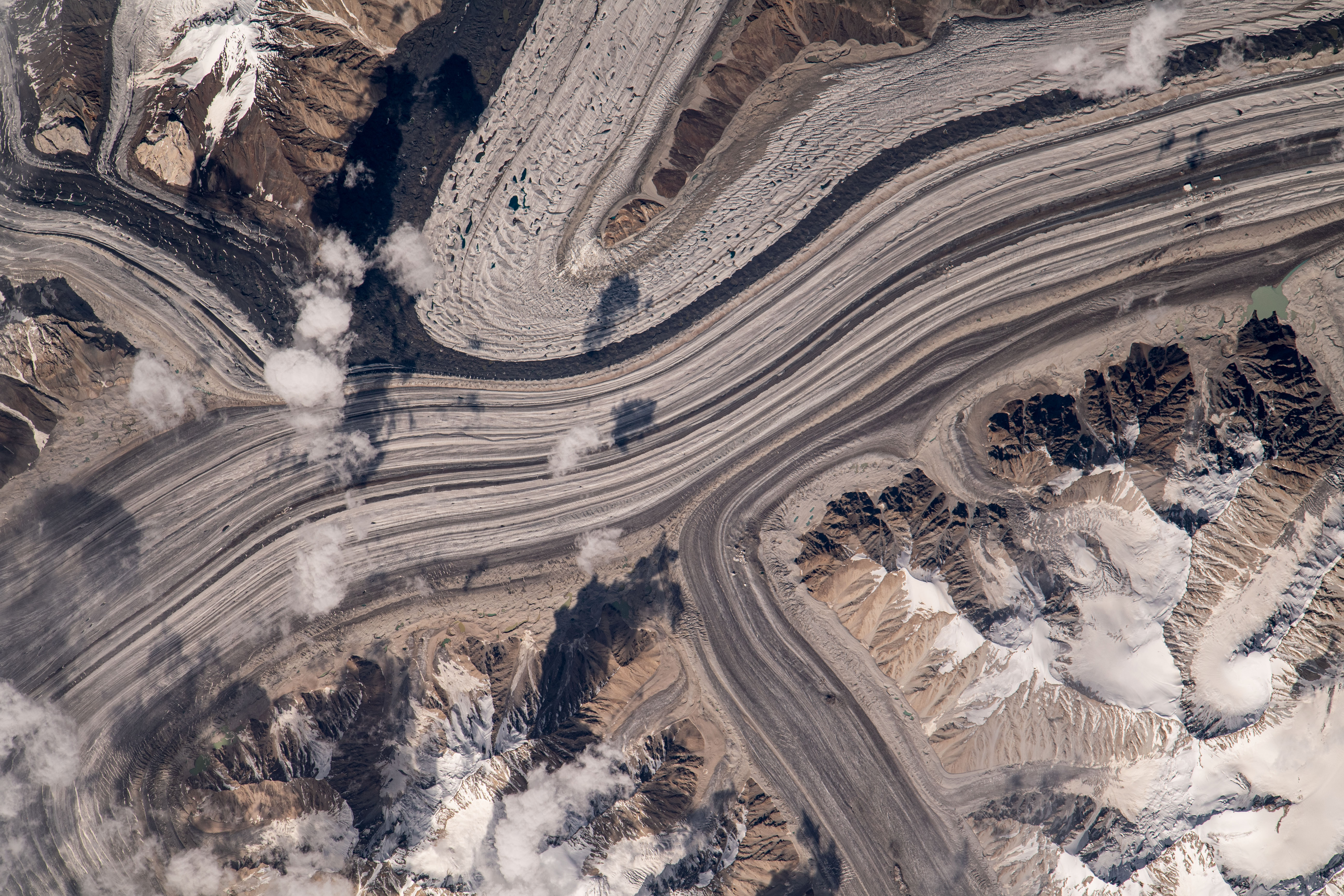 What looks like highways going through a metropolitan area are actually a series of glaciers carving their way through the Karakoram mountain range north of the Himalayas. This photograph was taken from the International Space Station as it orbited 263 miles above.
What looks like highways going through a metropolitan area are actually a series of glaciers carving their way through the Karakoram mountain range north of the Himalayas. This photograph was taken from the International Space Station as it orbited 263 miles above.
Astronomy.com
- The colors of the Cave
27 April 2024, 6:32 am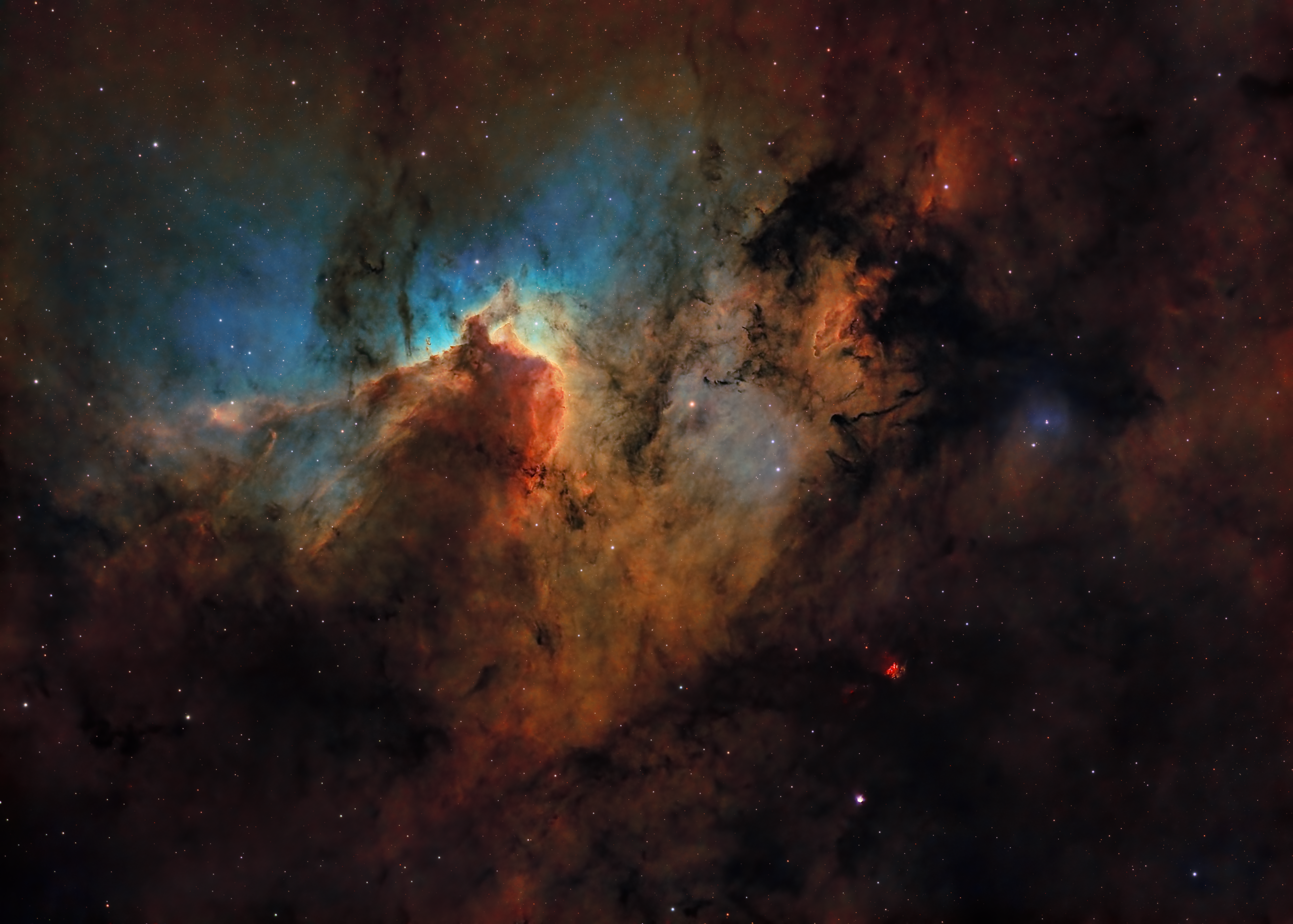
Steve Leonard, taken from Markham, Ontario The Cave Nebula (Sharpless 2–155) is an object that features emission, reflection, and dark nebulae. This Hα/OIII/SII image with exposures of 10, 13, and 6 hours, respectively, taken with a 4.5-inch refractor, was processed as a blend of a static Hubble-palette rendition and a dynamic Foraxx-palette combination of channels.
The post The colors of the Cave appeared first on Astronomy Magazine.
- The Milky Way, to ancient Egyptians, was probably mixed Nuts
26 April 2024, 9:24 pm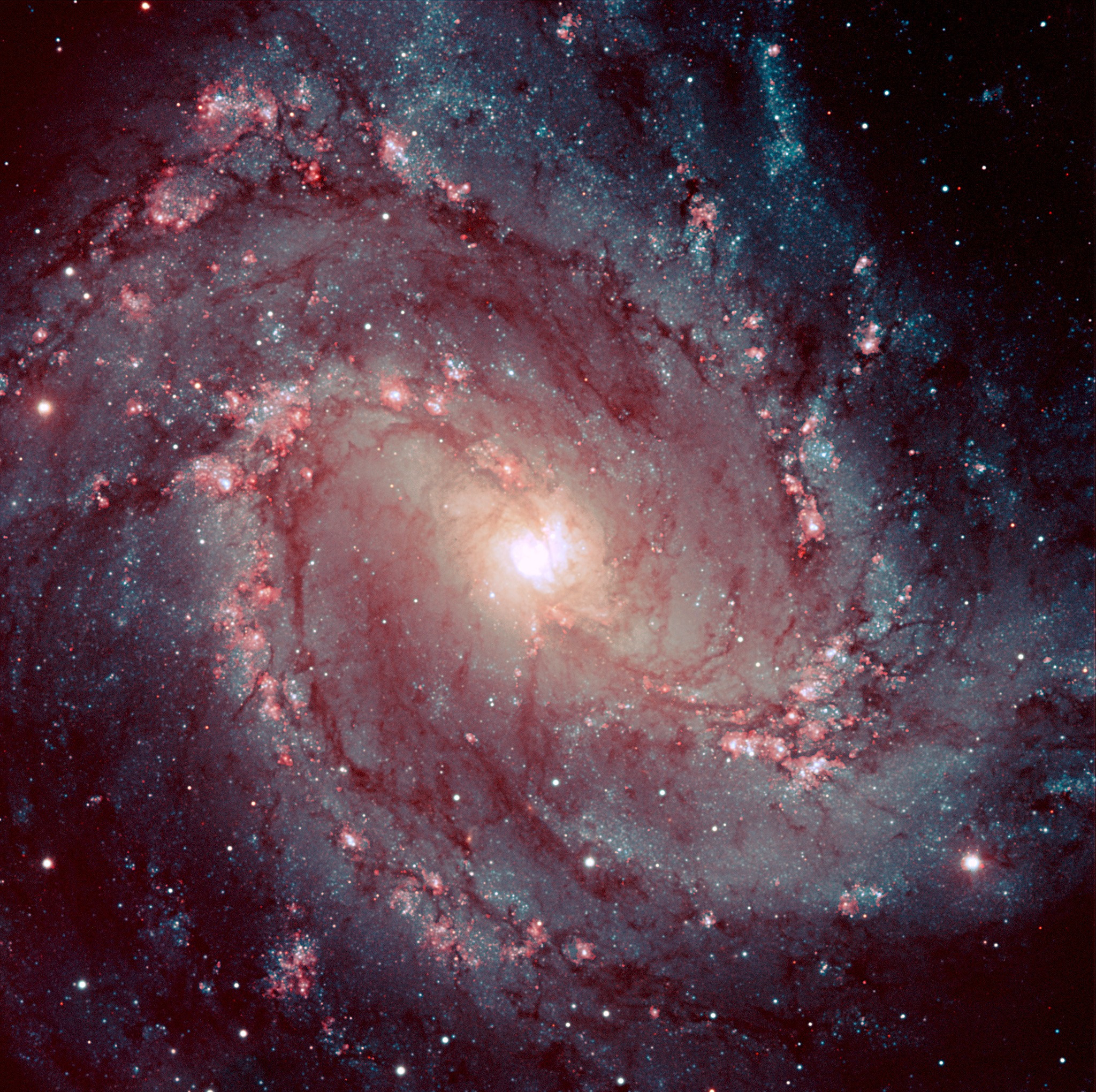
Astronomy was the basis of many key beliefs for the ancient Egyptians. They used skywatching to fix the dates of religious festivals, to predict the annual flooding of the Nile, and to count the hours of the night — when the god Ra would pilot his Sun boat on a dangerous journey through the underworld,Continue reading "The Milky Way, to ancient Egyptians, was probably mixed Nuts"
The post The Milky Way, to ancient Egyptians, was probably mixed Nuts appeared first on Astronomy Magazine.
- The reasons why numbers go on forever
26 April 2024, 7:17 pm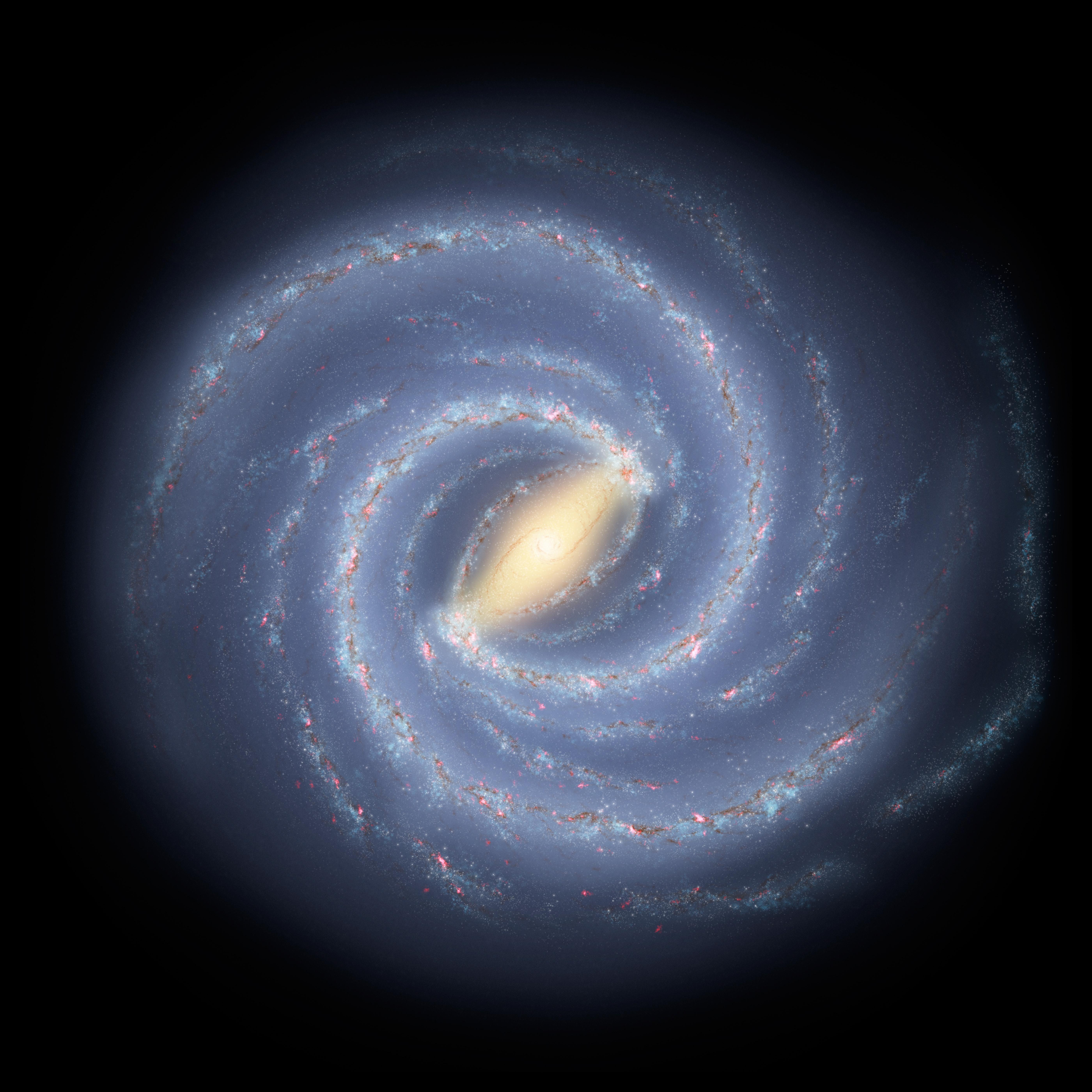
Why don’t numbers end? – Reyhane, age 7, Tehran, Iran Here’s a game: Ask a friend to give you any number and you’ll return one that’s bigger. Just add “1” to whatever number they come up with and you’re sure to win. The reason is that numbers go on forever. There is no highest number.Continue reading "The reasons why numbers go on forever"
The post The reasons why numbers go on forever appeared first on Astronomy Magazine.
- Celestron NexStar Evolution 8HD telescope, reviewed
26 April 2024, 5:56 pm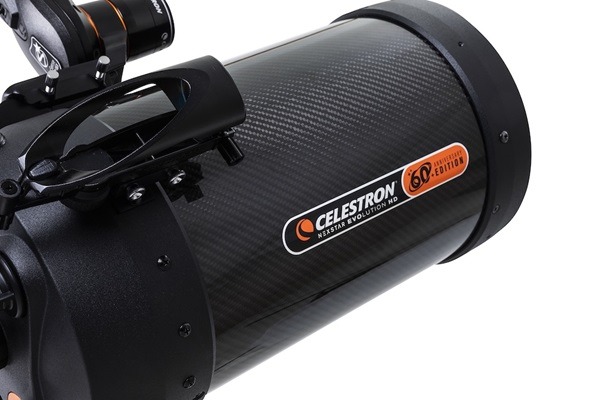
This review of the Celestron NexStar Evolution 8HD was first published in the February 2021 issue of Astronomy Magazine. It has been updated and contains affiliate links to the current model of this telescope. When you buy a product through a button on this page, we may earn a commission. When I was a teenager,Continue reading "Celestron NexStar Evolution 8HD telescope, reviewed"
The post Celestron NexStar Evolution 8HD telescope, reviewed appeared first on Astronomy Magazine.
- Astronomy Magazine Annual Index
26 April 2024, 3:58 pm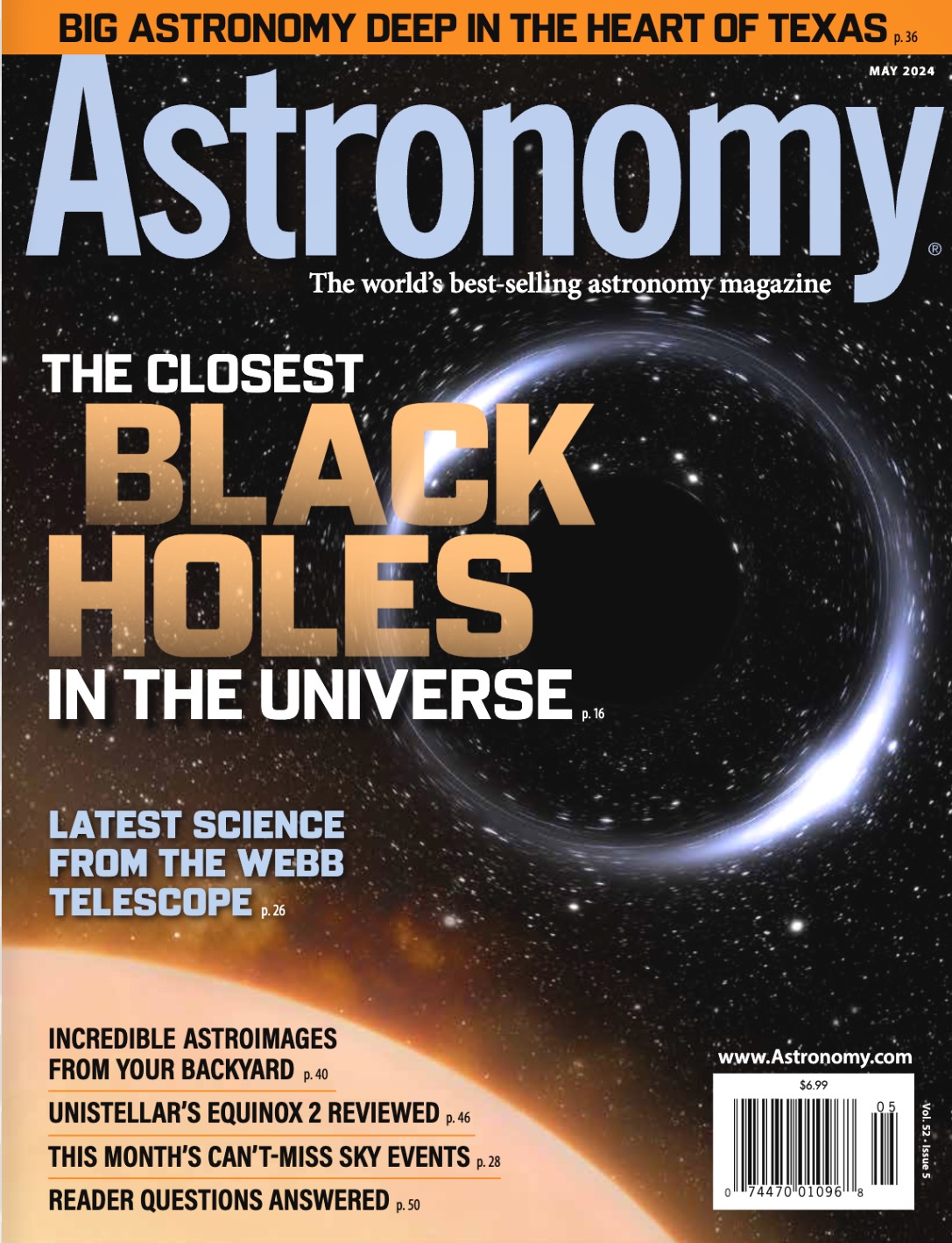
Click or tap each of the links below to open a .PDF of the index in a new window. Downloadable File(s)
The post Astronomy Magazine Annual Index appeared first on Astronomy Magazine.
- How to see the next 20 years of eclipses, including the eclipse of a lifetime
26 April 2024, 3:49 pm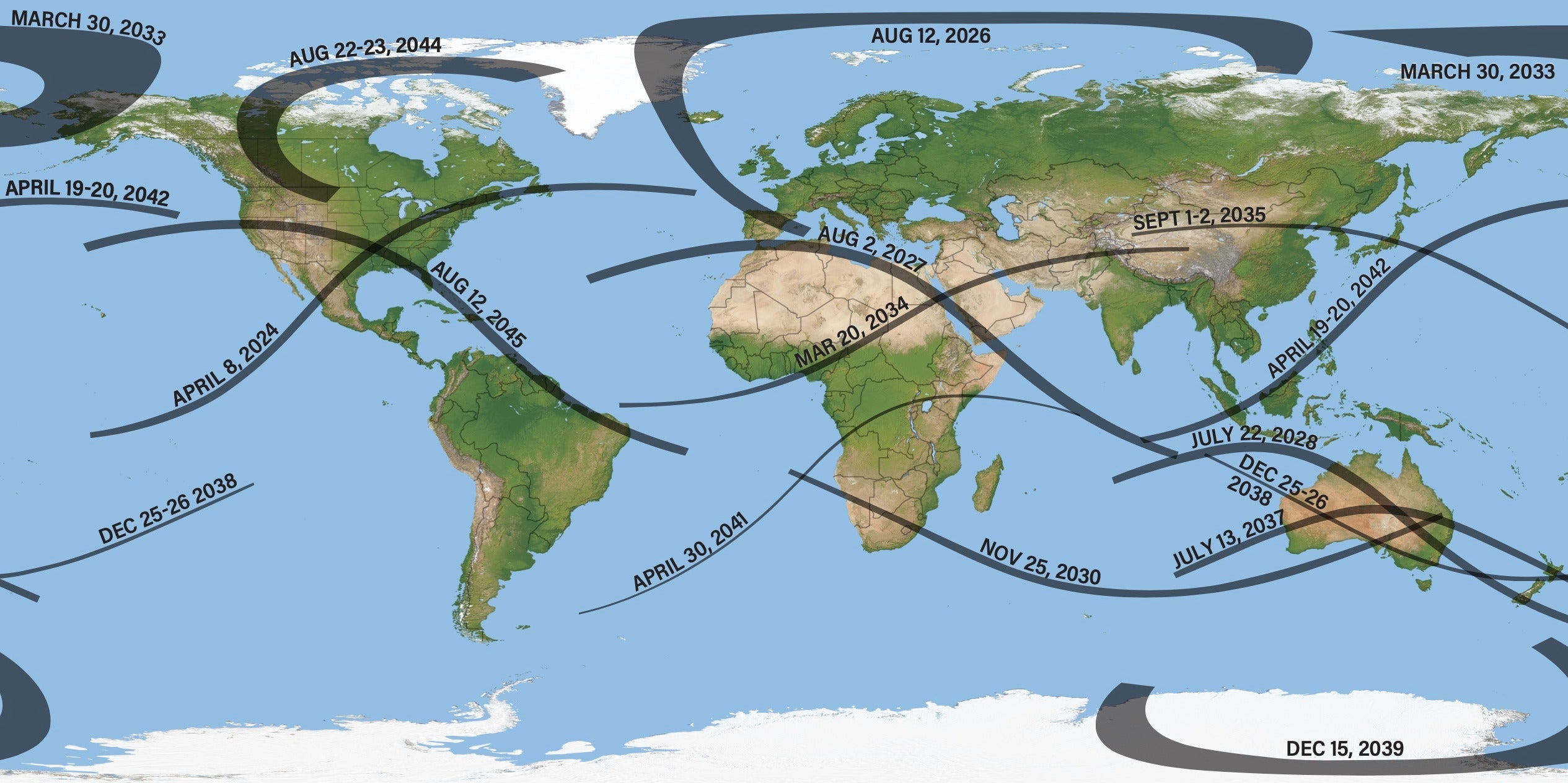
If you missed Great North American Eclipse because of clouds, personal commitments, or travel problems, you may be wondering when your next chance will be. And if, on the other hand, you experienced it under a clear sky, you are probably ready for the next one. The following list contains the eclipse highlights of theContinue reading "How to see the next 20 years of eclipses, including the eclipse of a lifetime"
The post How to see the next 20 years of eclipses, including the eclipse of a lifetime appeared first on Astronomy Magazine.
- 2024 Full Moon calendar: Dates, times, types, and names
26 April 2024, 2:28 pm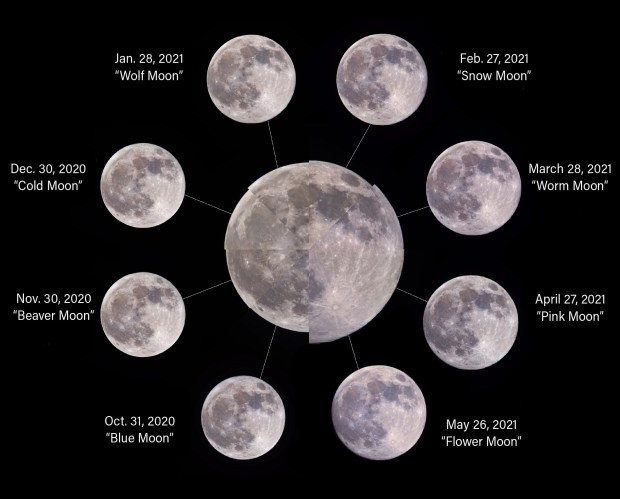
The phenomenon of a Full Moon arises when our planet, Earth, is precisely sandwiched between the Sun and the Moon. This alignment ensures the entire side of the Moon that faces us gleams under sunlight. And thanks to the Moon’s orbit around Earth, the angle of sunlight hitting the lunar surface and being reflected backContinue reading "2024 Full Moon calendar: Dates, times, types, and names"
The post 2024 Full Moon calendar: Dates, times, types, and names appeared first on Astronomy Magazine.
- The Sky This Week from April 26 to May 3: The Moon reaches Last Quarter
26 April 2024, 7:00 am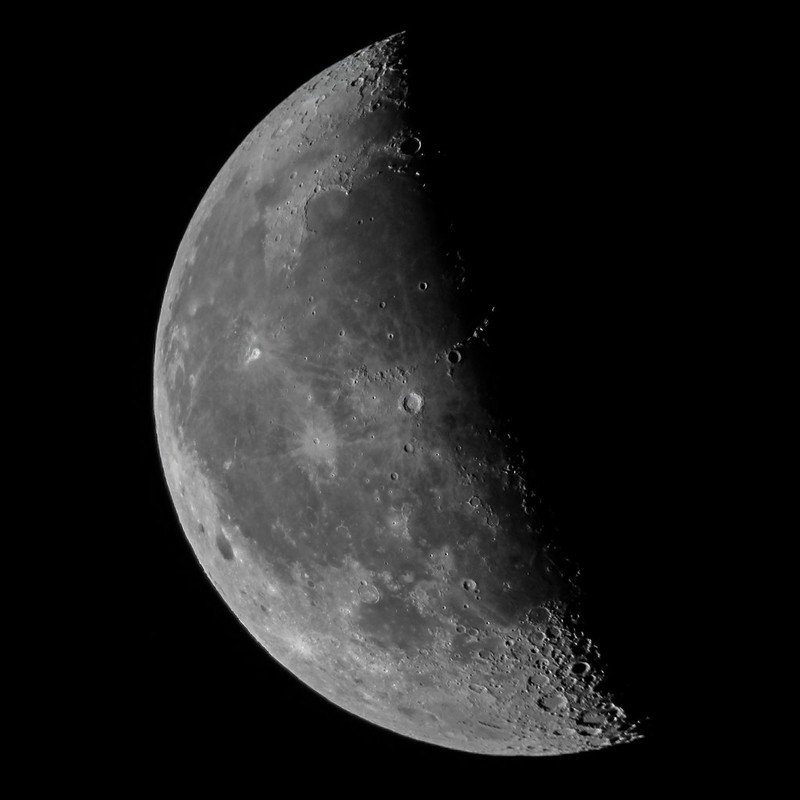
Friday, April 26The Moon passes 0.3° north of the red giant star Antares in Scorpius today at 5 P.M. EDT. The pair is not visible in the early evening, rising in the hour before local midnight. You can catch them overnight tonight by looking southeast around 11:30 P.M. local daylight time — by that time,Continue reading "The Sky This Week from April 26 to May 3: The Moon reaches Last Quarter"
The post The Sky This Week from April 26 to May 3: The Moon reaches Last Quarter appeared first on Astronomy Magazine.
- Join Astronomy for a far-out eclipse adventure on Easter Island
25 April 2024, 6:30 pm
I’m delighted to say that in October 2024 Astronomy magazine will partner with our tour guide friends at Eclipse Traveler, carrying us to Chile and the magical site of Easter Island. Wednesday, Oct. 2, 2024, will witness an annular solar eclipse over the Pacific Ocean. Missing landfall almost entirely, the eclipse will be visible fromContinue reading "Join Astronomy for a far-out eclipse adventure on Easter Island"
The post Join Astronomy for a far-out eclipse adventure on Easter Island appeared first on Astronomy Magazine.
- IceCube researchers detect a rare type of particle sent from powerful astronomical objects
25 April 2024, 5:28 pm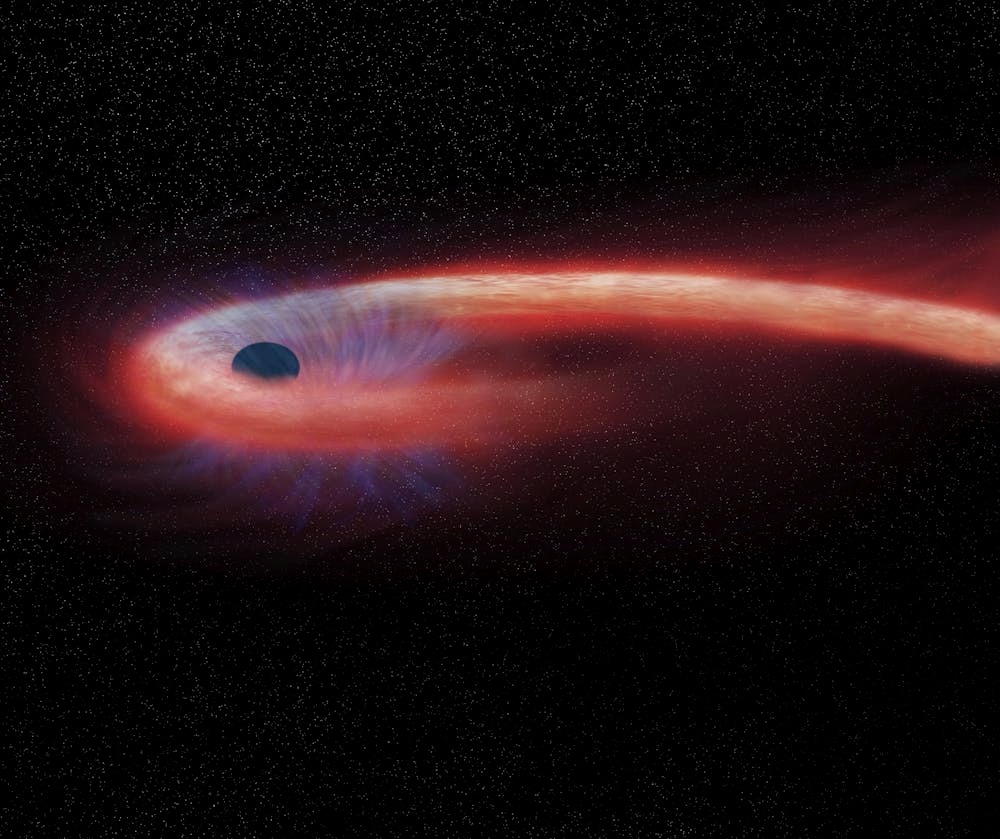
The IceCube detector. Credit: Stephan Richter, IceCube/NSF, Creative Commons
The post IceCube researchers detect a rare type of particle sent from powerful astronomical objects appeared first on Astronomy Magazine.
Sky & Telescope
- Earth’s Mini-Moon Linked to Farside Lunar Crater
26 April 2024, 5:56 pmResearchers might have located the birthplace of 469219 Kamo‘oalewa, a small asteroid that has been described as Earth’s “mini-moon.”
The post Earth’s Mini-Moon Linked to Farside Lunar Crater appeared first on Sky & Telescope.
- This Week's Sky at a Glance, April 26 – May 5
26 April 2024, 10:27 amAll the planets now huddle around our line of sight toward the Sun. However, these moonless evenings present us the Spring Triangle, the Great Diamond with a sugar sprinkle on its edge, and the Pointers aligned vertically.
The post This Week's Sky at a Glance, April 26 – May 5 appeared first on Sky & Telescope.
- Sail into the Southern Skies with Vela
25 April 2024, 2:00 pmThe large constellation Vela contains many hidden treasures.
The post Sail into the Southern Skies with Vela appeared first on Sky & Telescope.
- How Saturn’s Moon Mimas Might Have Melted
24 April 2024, 2:00 pmMaybe everything in the outer solar system is an ocean world.
The post How Saturn’s Moon Mimas Might Have Melted appeared first on Sky & Telescope.
- Meteorites Tighten Timeline for Giant Planets’ Movement through the Solar System
23 April 2024, 4:54 pmBy linking a family of meteorites on Earth to their relatives in the asteroid belt, scientists have arrived at a new understanding of the giant planets' movement early in the solar system's history.
The post Meteorites Tighten Timeline for Giant Planets’ Movement through the Solar System appeared first on Sky & Telescope.
- Sky & Telescope Joins the Northeast Astronomy Forum
23 April 2024, 3:00 pmSky & Telescope met with readers old and new at the annual Northeast Astronomy Forum.
The post Sky & Telescope Joins the Northeast Astronomy Forum appeared first on Sky & Telescope.
- Watch a Hotspot Orbit Our Galaxy's Black Hole
22 April 2024, 7:34 pmAstronomers have reconstructed a 3D video of hot gas orbiting a stone’s throw away from our galaxy’s central black hole.
The post Watch a Hotspot Orbit Our Galaxy's Black Hole appeared first on Sky & Telescope.
- This Week's Sky at a Glance, April 19 – 28
19 April 2024, 11:08 amSpringtime Leo walks high in the south, springtime Hydra snakes a quarter of the way around the celestial sphere, and the bright Moon aligns with Spica.
The post This Week's Sky at a Glance, April 19 – 28 appeared first on Sky & Telescope.
- See Amazing Views of the April 8th Total Solar Eclipse from Space
18 April 2024, 8:20 pmMillions of viewers were wowed by last week’s total solar eclipse. Now, we get to see the eclipse from another angle: space.
The post See Amazing Views of the April 8th Total Solar Eclipse from Space appeared first on Sky & Telescope.
- Amateur Astronomers Caught Sungrazing Comet during Solar Eclipse
17 April 2024, 9:12 pmWide-field photos of the total solar eclipse taken by several astronomers along the path of totality, caught a comet approaching the Sun.
The post Amateur Astronomers Caught Sungrazing Comet during Solar Eclipse appeared first on Sky & Telescope.
ScienceDaily
- Eruption of mega-magnetic star lights up nearby galaxy
24 April 2024, 5:15 pmWhile ESA's satellite INTEGRAL was observing the sky, it spotted a burst of gamma-rays -- high-energy photons -- coming from the nearby galaxy M82. Only a few hours later, ESA's XMM-Newton X-ray space telescope searched for an afterglow from the explosion but found none. An international team realized that the burst must have been an extra-galactic flare from a magnetar, a young neutron star with an exceptionally strong magnetic field. - Toward unification of turbulence framework -- weak-to-strong transition discovered in turbulence
23 April 2024, 7:51 pmAstrophysicists have made a significant step toward solving the last puzzle in magnetohydrodynamic turbulence theory by observing the weak to strong transition in the space plasma turbulence surrounding Earth with newly developed multi-spacecraft analysis methods. - To find life in the universe, look to deadly Venus
22 April 2024, 6:07 pmDespite surface temperatures hot enough to melt lead, lava-spewing volcanoes, and puffy clouds of sulfuric acid, uninhabitable Venus offers vital lessons about the potential for life on other planets, a new paper argues. - Giant galactic explosion exposes galaxy pollution in action
22 April 2024, 6:07 pmAstronomers have produced the first high-resolution map of a massive explosion in a nearby galaxy, providing important clues on how the space between galaxies is polluted with chemical elements. - AI and physics combine to reveal the 3D structure of a flare erupting around a black hole
22 April 2024, 6:05 pmBased on radio telescope data and models of black hole physics, a team has used neural networks to reconstruct a 3D image that shows how explosive flare-ups in the disk of gas around our supermassive black hole might look. - Astronomers uncover methane emission on a cold brown dwarf
17 April 2024, 7:11 pmAstronomers have discovered methane emission on a brown dwarf, an unexpected finding for such a cold and isolated world. The findings suggest that this brown dwarf might generate aurorae similar to those seen on our own planet as well as on Jupiter and Saturn. - 'Tube map' around planets and moons made possible by knot theory
17 April 2024, 7:10 pmScientists have developed a new method using knot theory to find the optimal routes for future space missions without the need to waste fuel. - No gamma rays seen coming from nearby supernova
16 April 2024, 6:53 pmA nearby supernova in 2023 offered astrophysicists an excellent opportunity to test ideas about how these types of explosions boost particles, called cosmic rays, to near light-speed. But surprisingly, NASA's Fermi Gamma-ray Space Telescope detected none of the high-energy gamma-ray light those particles should produce. - Most massive stellar black hole in our galaxy found
16 April 2024, 5:59 pmAstronomers have identified the most massive stellar black hole yet discovered in the Milky Way galaxy. This black hole was spotted in data from the European Space Agency's Gaia mission because it imposes an odd 'wobbling' motion on the companion star orbiting it. Astronomers have verified the mass of the black hole, putting it at an impressive 33 times that of the Sun. - Physicists solve puzzle about ancient galaxy found by Webb telescope
15 April 2024, 5:04 pmPhysicists solve a puzzle linked to JWST-ER1g, a massive ancient galaxy that formed when the universe was just a quarter of its current age. - Physicists solve puzzle about ancient galaxy found by Webb telescope
13 April 2024, 2:37 amPhysicists solve a puzzle linked to JWST-ER1g, a massive ancient galaxy that formed when the universe was just a quarter of its current age. - Brightest gamma-ray burst of all time came from the collapse of a massive star
12 April 2024, 5:34 pmIn 2022, astronomers discovered the brightest gamma-ray burst (GRB) of all time. Now, astronomers confirm that a 'normal' supernova, the telltale sign of a stellar collapse, accompanied the GRB. The team also looked for signatures of heavy elements like gold and platinum in the supernova. They found no evidence of such elements, deepening the mystery of their origins. - Stellar winds of three sun-like stars detected for the first time
12 April 2024, 5:34 pmAn international research team has for the first time directly detected stellar winds from three Sun-like stars by recording the X-ray emission from their astrospheres, and placed constraints on the mass loss rate of the stars via their stellar winds. - Exoplanets true to size
12 April 2024, 5:33 pmA star's magnetic field must be considered in order to correctly determine the characteristics of exoplanets from observations by space telescopes such as Kepler, James Webb, or PLATO. Researchers show that the distribution of the star's brightness over its disk depends on the star's level of magnetic activity. This, in turn, affects the signature of an exoplanet in observational data. The new model must be used in order to properly interpret the data from the latest generation of space telescopes pointed at distant worlds outside our Solar System. - Beautiful nebula, violent history: Clash of stars solves stellar mystery
11 April 2024, 10:59 pmWhen astronomers looked at a stellar pair at the heart of a stunning cloud of gas and dust, they were in for a surprise. Star pairs are typically very similar, like twins, but in HD 148937, one star appears younger and, unlike the other, is magnetic. New data suggest there were originally three stars in the system, until two of them clashed and merged. This violent event created the surrounding cloud and forever altered the system's fate.